about our bedding
Our sheets are definitely not your average department store sheets
they feel different, what are they made of?
We use a 100% cotton, clothing fabric called muslin, which is thicker and more textured than the cotton often used to make sheets. People often remark that the noticeable texture feels more similar to old fashioned or even linen sheets. Just like a new pair of jeans they can take a bit of breaking in, but get softer and lovelier with each wash, while retaining their more rustic texture.
Although this cotton may feel a bit heavier than other fabrics, it breathes exceptionally well. This is because big threads are used in a looser weave. The cotton doesn’t retain excess heat or cold like tightly woven fabrics, so it’s quite comfortable all year round.
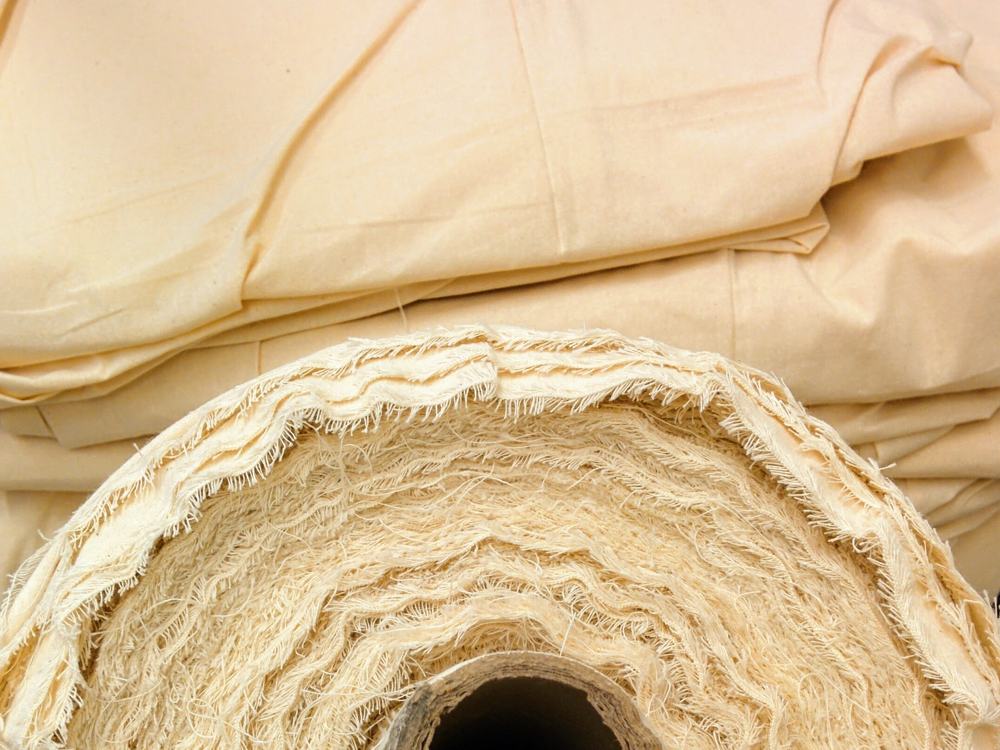
where are the seams? why are there seams?
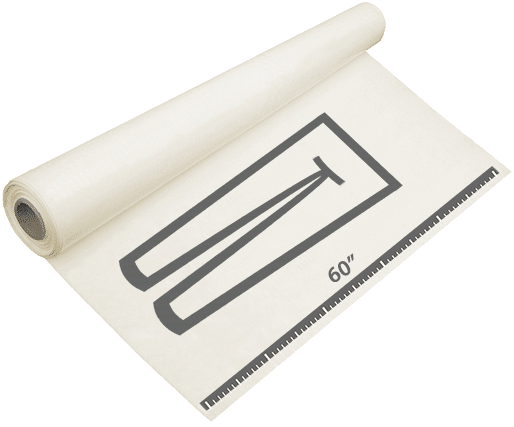
The cotton muslin that we use for most of our bedding is approximately 63 inches (160cm) wide. This obviously limits us in how wide we can go without seams. Luckily, we’ve found a way to make our bedding with the seams placed in areas that don’t impact comfort and use. For instance, our flat and fitted sheets have seams that fall generally along the sides of the mattress. The dashed lines in the photos below outline where the seams will be on our sheets.

Single beds are 39 inches (99cm) across so we have to add a small panel along each side of the sheet. This falls entirely below the level of the top of the mattress with the seam running along the bed. This is mirrored on the other side of the bed.
 Single flat sheets are 56 inches (142cm) across so there are no seams in our single flat sheets.
Single flat sheets are 56 inches (142cm) across so there are no seams in our single flat sheets.
 Double beds are 54 inches (137cm) across so we have to add a small panel along each side of the sheet. These fall along the side of the mattress with the seams right along the edge of the bed. This is mirrored on the other side.
Double beds are 54 inches (137cm) across so we have to add a small panel along each side of the sheet. These fall along the side of the mattress with the seams right along the edge of the bed. This is mirrored on the other side.
 Because double beds are only 6 inches (15cm) narrower than queen beds, we do not make a double flat sheet. A queen flat sheet is about 92 inches (234cm) across and easily covers a double bed. The seams run right along the edge on each side.
Because double beds are only 6 inches (15cm) narrower than queen beds, we do not make a double flat sheet. A queen flat sheet is about 92 inches (234cm) across and easily covers a double bed. The seams run right along the edge on each side.
 Queen beds are 60 inches (152cm) across, we have to add a panel along the right and left side of the mattress. The seams run along the top, very close to to each edge. There’s also a dart in each corner for a drop corner style allowing the sheet to fit a range of depths and easing the tension to help it last longer.
Queen beds are 60 inches (152cm) across, we have to add a panel along the right and left side of the mattress. The seams run along the top, very close to to each edge. There’s also a dart in each corner for a drop corner style allowing the sheet to fit a range of depths and easing the tension to help it last longer.
 A queen flat sheet is about 92 inches (234cm) across and is made with a centre panel of about 56 inches (142cm) and two side panels of 18 inches (46cm) each. The seams fall along the side very close to the edge of the mattress, mirrored on the other side.
A queen flat sheet is about 92 inches (234cm) across and is made with a centre panel of about 56 inches (142cm) and two side panels of 18 inches (46cm) each. The seams fall along the side very close to the edge of the mattress, mirrored on the other side.
 King beds are about 80 inches (203cm) across. We usually use a slightly wider muslin for king sheets that allows us to move the seams to the edges, similarly to our queen and double sheets. We still add a panel along each side with the seams running along the right and left edge of the bed.
King beds are about 80 inches (203cm) across. We usually use a slightly wider muslin for king sheets that allows us to move the seams to the edges, similarly to our queen and double sheets. We still add a panel along each side with the seams running along the right and left edge of the bed.
 A king flat sheet is about 100 inches (280cm) across and is made with a centre panel of about 66 inches (193cm) and two side panels of 17 inches (43cm) panels each. The seams fall along the right and left side running very close to the edge of the mattress.
A king flat sheet is about 100 inches (280cm) across and is made with a centre panel of about 66 inches (193cm) and two side panels of 17 inches (43cm) panels each. The seams fall along the right and left side running very close to the edge of the mattress.
what about threadcount?
Threadcount refers to the number of threads woven into a square inch of fabric. Higher counts means tinier threads are used theoretically giving a thinner, smoother sheet. When done well this can be very comfortable.
Threadcount isn’t very useful in describing the muslin we use because big threads and a looser weave are used for durability and breathability. This gives the fabric a thicker, textured feel and look that gets soft as opposed to smooth with continued washing and use. Muslin is generally measured in ounces (weight) rather than thread size.
By focussing only on threadcount you can miss the bigger picture and not necessarily get sheets that are any softer, more comfortable or longer lasting. For a better judge of the overall quality of sheets take a few more things into consideration such as what they are made from, how they feel now, how they will feel once they’ve been used for a while, how long they will last, and how to care for them properly.
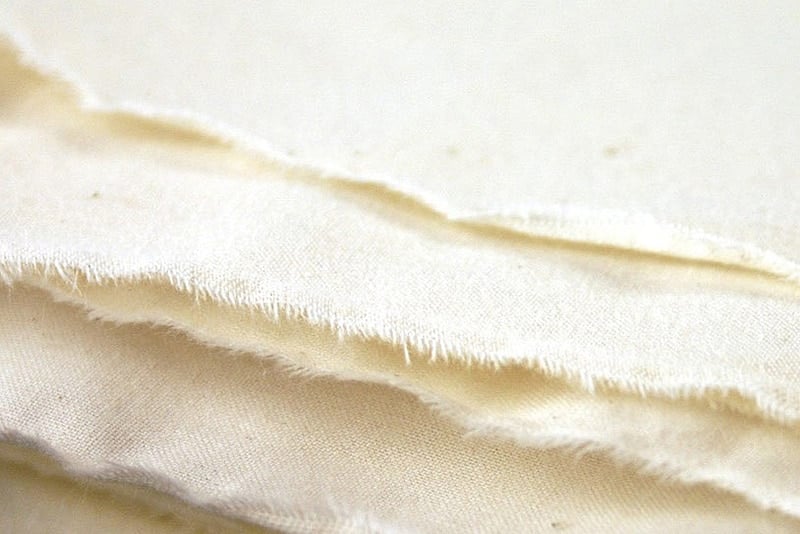
how do they age?
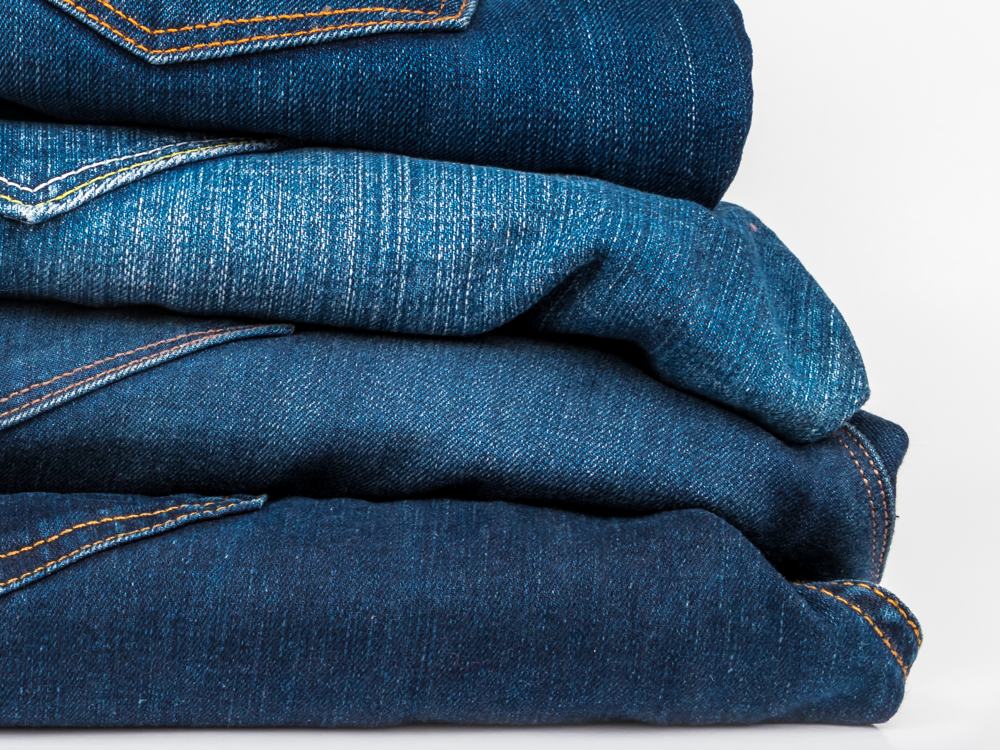
how do I care for them?
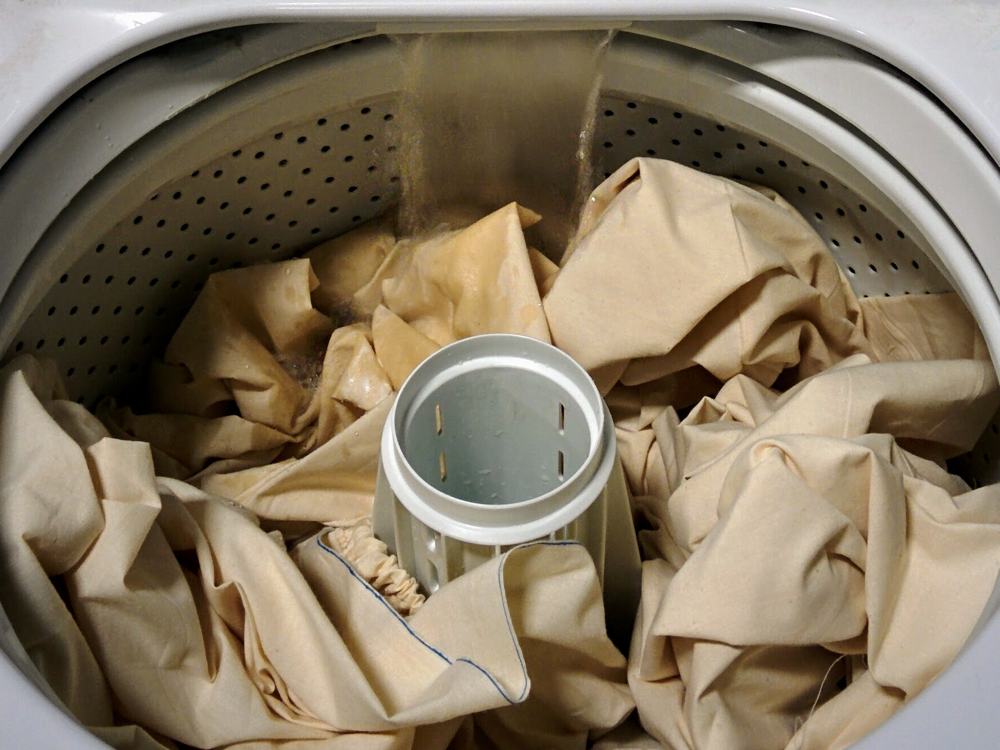
what are the measurements and closure details?
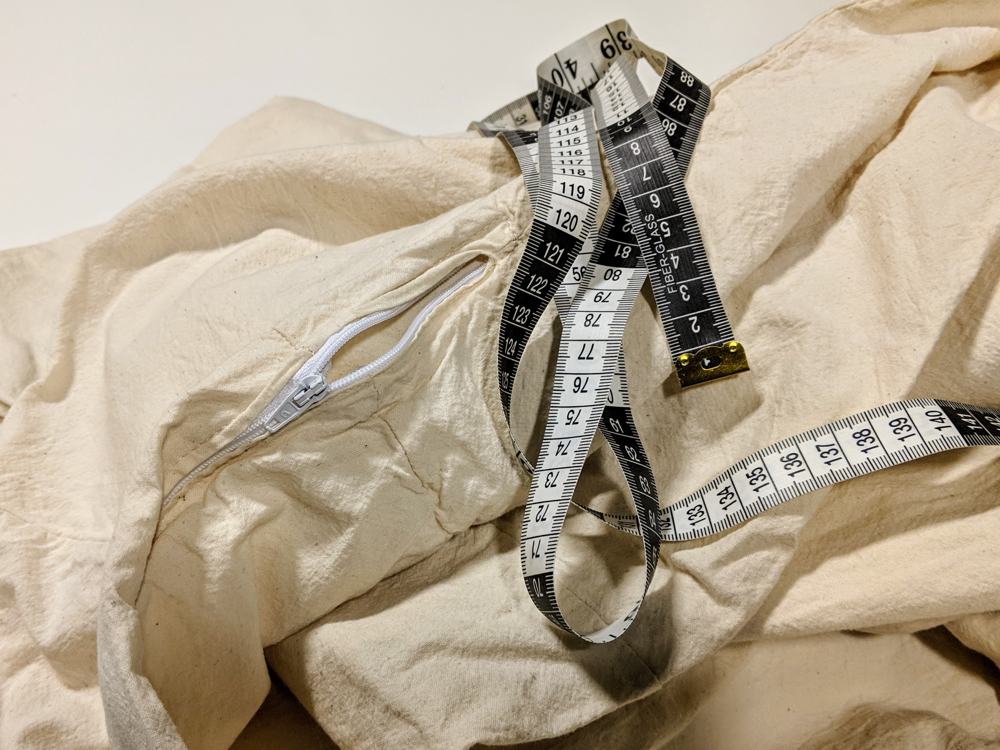
- SINGLE DUVET COVER: 66″ x 88″ or 168cm x 224cm
- SINGLE FLAT SHEET: 56″ x 104″ or 142cm x 264cm
- SINGLE FITTED SHEET: regular length 39″ x 75″ or 99cm x 191cm – extra long 39” x 80” or 99cm x 203cm regular depth: 11″ or 28cm
- DOUBLE DUVET COVER: 77″ x 88″ or 196cm x 224cm
- We don’t make a Double flat sheet as it would be only 6″ narrower than a Queen.
- DOUBLE FITTED SHEET: 54″ x 75″ or 137cm x 191cm regular depth: 11″ or 28cm
- QUEEN DUVET COVER: 86″ x 88″ or 218cm x 224cm
- QUEEN FLAT SHEET: 92″ x 104″ or 234cm x 264cm
- QUEEN FITTED SHEET: 60″ x 80″ or 152cm x 203cm regular depth: 11″ or 28cm – extra deep: 15″ or 38cm – extra extra deep: 18″ or 46cm
- QUEEN PILLOWCASE: 20″ x 33″ or 51cm x 84cm
- KING DUVET COVER: 102″ x 88″ or 259cm x 224cm
- KING FLAT SHEET: 100″ x 104″ or 254cm x 264cm
- KING FITTED SHEET: 78″ x 80″ or 198cm x 203cm regular depth: 11″ or 28cm – extra deep: 15″ or 38cm – extra extra deep: 18″ or 46cm
- KING PILLOWCASE: 20″ x 41″ or 51cm x 104cm
